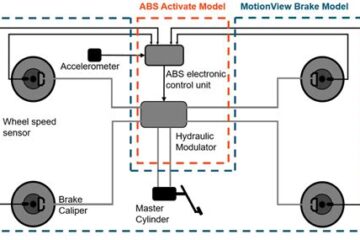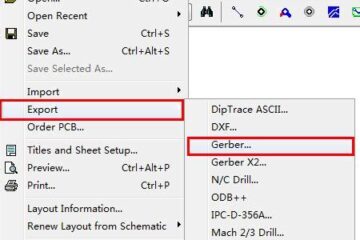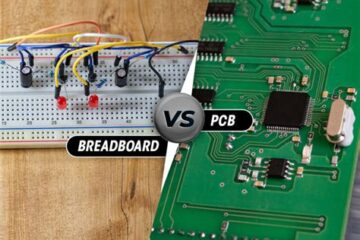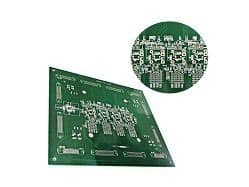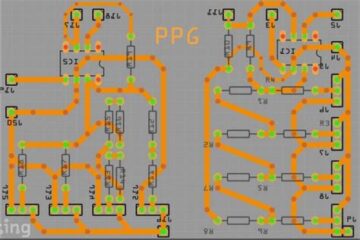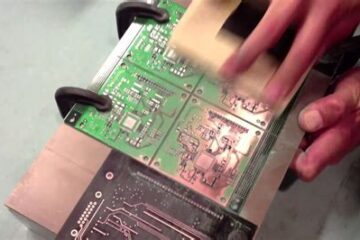PCBA
Regal ABS serial data circuit diagram and table
Introduction to the Regal ABS System The Regal anti-lock braking system (ABS) is an advanced safety feature found on many modern vehicles. It helps prevent the wheels from locking up during sudden or hard braking, allowing the driver to maintain steering control and reducing stopping distance on slippery surfaces. At the heart of the Regal ABS is an electronic control module that constantly monitors wheel speed sensors and rapidly pulses the brakes when it detects Read more…
